1. Tupperware Parties
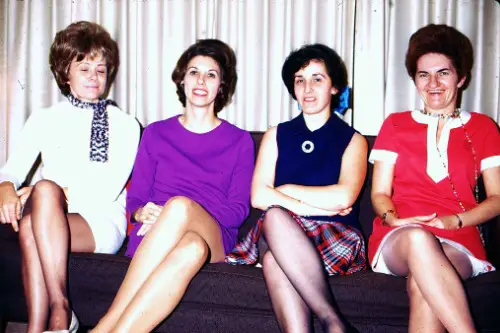
Yes, actual in-home sales parties where people gathered to get hyped about plastic containers. In the 1950s through the ’70s, Tupperware parties were a massive cultural phenomenon—mostly led by housewives in suburban America, according to Sarah Hucal of DW. These parties were part social gathering, part entrepreneurial gig, and they made Tupperware into a household name before online shopping was even a dream. Today, it almost sounds like an SNL skit, but it was a legitimate social and sales strategy.
Tupperware was originally sold door-to-door, but the party format took off thanks to a woman named Brownie Wise, who revolutionized direct sales. Hosts would earn free gifts based on how much their friends bought, kind of like the OG influencer collab. The products were marketed as modern, durable, and even glamorous. Gen Z scrolling TikTok might be shocked that these plastic bowls once had their own cult following.
2. Phone Booths on Every Corner
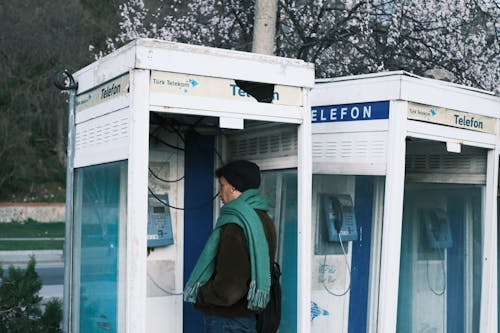
Imagine needing to make a call and having to hunt down a giant glass box with a landline inside. In the 20th century, especially before the 1990s, payphones were literally everywhere—from city streets to gas stations and malls. You’d pop in a quarter (or a dime earlier on), make your call, and hope the person was home. For Gen Z, who grew up with cell phones in their pockets, this whole system sounds like ancient wizardry.
There was even phone booth etiquette: don’t hog it, keep calls short, and yes, carry coins at all times. Superman famously used one as a changing room, which honestly dates the comic more than anything else. Payphones declined fast after the 2000s, according to Renée Reizman of The Atlantic, with only a few relics left in places like New York City. Many Gen Zers have literally never seen one in real life.
3. Smoking Sections on Airplanes
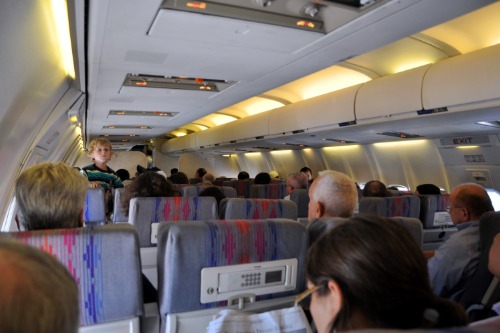
Yes, people used to smoke on commercial flights—in the sky, trapped in a metal tube with recycled air. From the 1930s until the late 1990s, most airlines allowed smoking in designated sections, which really didn’t keep the smoke contained, according to Niraj Chokshi of The New York Times. Passengers could light up mid-flight, and there were ashtrays built into the armrests. It’s the kind of thing that sounds like a prank now, but it was very real.
The ban came in stages, starting in 1988 in the U.S. for short domestic flights. By 2000, smoking was completely banned on all U.S. flights. Airlines didn’t even bother removing the ashtrays right away—you can still find them on older aircraft. Gen Z flyers can’t imagine needing to ask for a “non-smoking row” at 30,000 feet.
4. Drive-In Movie Theaters
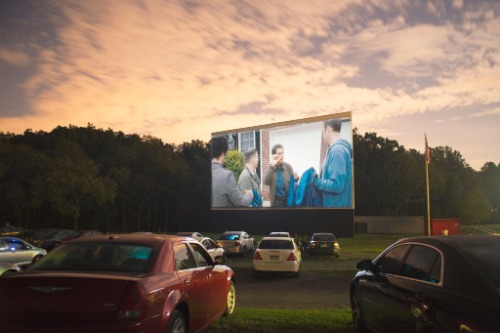
Watching a film from your car used to be peak Friday night vibes. Drive-ins boomed in the 1950s and ’60s, offering an affordable family outing or a cozy date night under the stars. You’d tune your car radio to a certain frequency (or use a window speaker) to hear the audio. It was casual, a little chaotic, and totally part of the Americana landscape.
There were once over 4,000 drive-ins across the U.S., but most disappeared by the 1990s due to rising land costs and the popularity of multiplexes. The pandemic briefly revived them, Travis Clark of Business Insider explains, but they still feel like a relic of another era. Gen Z might catch the idea on TikTok or in a Stranger Things episode and assume it’s fictional. But they were very real—and surprisingly romantic.
5. Milk Delivery

It wasn’t just a sitcom trope—people used to get glass bottles of milk delivered to their doorsteps. Up through the 1960s, the milkman was a normal part of suburban life. Homes had metal insulated boxes outside just for milk delivery. It seems wild now, but it was a practical solution before grocery stores and fridges were common.
Delivery was often daily or every few days, because milk spoiled quickly. The glass bottles would be collected, washed, and reused—super sustainable, actually. Kids would sneak sips straight from the bottle, which probably horrifies modern germ-aware sensibilities. For Gen Z, the idea of trusting someone to drop off milk before work sounds totally made up.
6. The Draft Lottery on Live TV
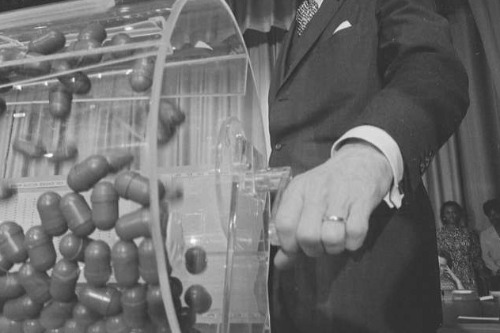
Yep, the U.S. military draft was once decided by a televised lottery—like a very grim version of the Powerball. In 1969, during the Vietnam War, young men across America watched as dates were drawn to determine who would be called up for service. Birthdays were literally pulled from a drum on national television, and the order dictated who got drafted first. It was the first draft lottery since World War II and it was televised to try and make the process feel more transparent.
The system caused enormous stress, especially for men turning 18, who had no idea if their number would come up. If you were born on a date drawn early, you were pretty much guaranteed to be drafted. Watching it live was nerve-wracking, like a national anxiety event. Gen Z might assume this was dystopian fiction, but it happened—and it shaped a generation.
7. Hotel Wake-Up Calls

Before cell phone alarms and smartwatches, getting up on time in a hotel meant asking the front desk for a wake-up call. You’d literally pick up the room phone and request someone to ring you at 6:30 AM. And yes, a real person might be the one calling—there weren’t always automated systems. It was common practice in the ’70s, ’80s, and even into the early 2000s.
Missing the call meant oversleeping your meeting, your flight, or worse. Some travelers even set multiple wake-up calls just in case. Now, most people can’t imagine trusting a stranger to wake them up—but it was all part of hotel service back then. To Gen Z, it probably sounds like something out of a noir movie.
8. Encyclopedia Salesmen
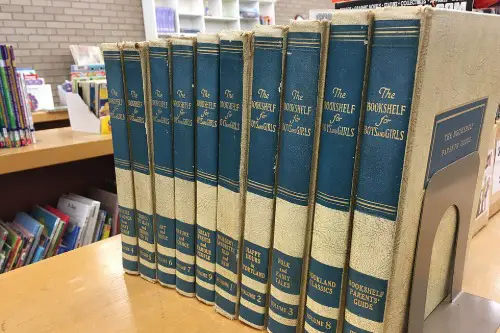
Imagine someone knocking on your door trying to sell you a massive, 26-volume book set filled with all human knowledge. That was the gig of the encyclopedia salesman, a common sight in neighborhoods from the 1950s through the 1980s. Encyclopedias like Britannica were seen as a status symbol—a sign you were an educated family. These sets cost hundreds of dollars, often paid in installments.
The sales pitch usually involved talking to parents about their children’s education and future success. It sounds unbelievable now, considering Google exists, but back then, encyclopedias were a primary info source. If you wanted to research volcanoes or Abraham Lincoln, that’s where you went. Gen Z might assume this is some kind of pyramid scheme joke—but it was very real, and weirdly respected.
9. Pagers (aka Beepers)
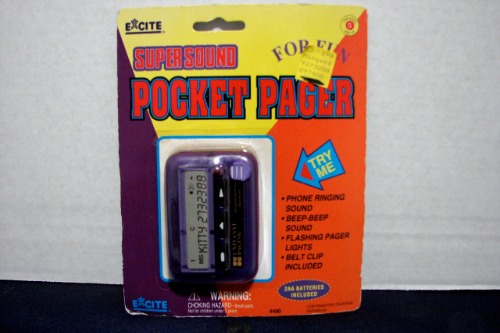
Before cell phones, people used pagers—a tiny device that could receive numeric messages, like a phone number you needed to call back. Doctors, businesspeople, and eventually teens in the ’90s used them to stay in touch. If someone wanted to reach you, they’d page your number, and your device would beep or vibrate with a message like “911” or “143.” You’d then have to find a payphone to call them back.
Yes, people carried beepers and coins just to stay connected. Some models got fancier and could show short text messages. The popularity of pagers peaked in the 1990s, just before cell phones took over. To Gen Z, this feels like using Morse code in the middle of a Starbucks.
10. Physical Map Navigation
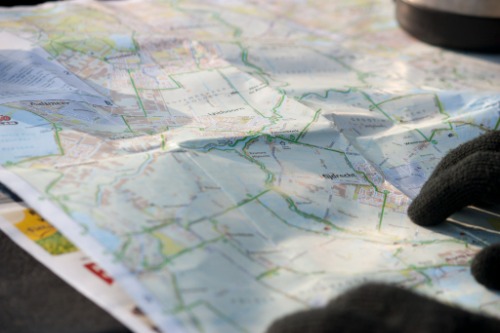
Road trips before GPS meant wrangling giant, fold-out paper maps that never folded back quite right. People would plot their routes with highlighters or just try to “wing it” using road signs. AAA even offered custom “TripTiks” with highlighted directions and hotel stops, made by actual humans. If you made a wrong turn, you either pulled over and asked for help or hoped to spot a gas station with a map stand.
It wasn’t just frustrating—it was also kind of adventurous. Many families kept glove compartments stuffed with old maps of different states. Today, getting lost with no digital guidance seems almost terrifying. Gen Z might not believe we ever got anywhere on time like that, but somehow, we did.
11. Public Bomb Drills in Schools
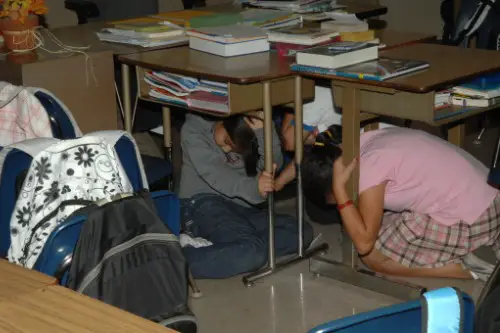
During the Cold War, American school kids practiced what to do in the event of a nuclear attack. These weren’t fire drills—they were “duck and cover” drills, where students hid under desks or against walls. The idea was that doing this would protect them from a nuclear blast, which, in hindsight, feels tragically naive. These drills were common through the 1950s and ’60s.
The drills were often accompanied by alarming educational films explaining how to survive a nuclear explosion. The threat of global annihilation was just part of the school day. To Gen Z, it sounds like satire or sci-fi, but this was everyday reality for their grandparents. The contrast between TikTok dances and Cold War drills is… pretty stark.
12. Coin-Operated Televisions in Hotels
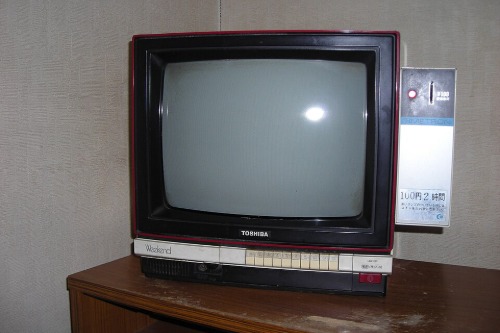
Believe it or not, you used to have to pay for hotel TV by dropping coins into a box. In the 1960s and 1970s, many hotels had sets with coin slots that granted 15 or 30 minutes of viewing time. If you ran out of time, the screen would just go blank until you fed it more change. It was like the Netflix of its day—if Netflix charged you every 20 minutes.
People often traveled with extra quarters just for TV time. There were also limited channels, and no remote control—you had to turn the dial. It was high-tech for the time, but laughably inconvenient today. Gen Z likely assumes this concept came from a dystopian novel, not real life.
13. Transistor Radios as a Status Symbol
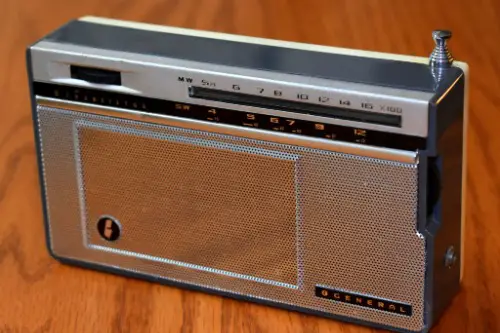
Tiny, handheld radios were once the cutting edge of portable tech. In the 1950s and ’60s, owning a transistor radio meant you could take your music or baseball game with you—on the beach, on a bus, anywhere. They ran on batteries and had an iconic analog tuner that made that satisfying “click” when turning it on. Teens would even hide them under their pillows to listen to late-night shows.
They were more than gadgets—they were lifestyle accessories. People decorated them, showed them off, and debated which brand was the best. This was before Walkmans, iPods, or smartphones, so it felt revolutionary. Gen Z probably wouldn’t even know how to operate one, let alone get the AM signal right.
14. Car Phones the Size of Bricks
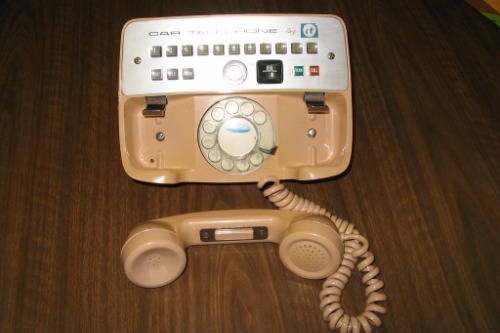
Before smartphones, some fancy folks had phones in their cars that looked like military equipment. Car phones in the ’80s and early ’90s were enormous, had long antennas, and often came with a suitcase-sized battery pack. They were wired into the vehicle and used analog signals to connect to limited cell towers. Making a call on one was a total flex—if you could afford the per-minute charges.
They weren’t mobile in the way we think of now—you couldn’t really walk around with them. People had to sit in their cars to talk, and reception was spotty at best. Still, they were a big deal for business types and ’80s movie villains. Gen Z might think they’re props from a sci-fi parody, but they were once cutting-edge tech.
15. Green Stamps and Trading Stamp Books
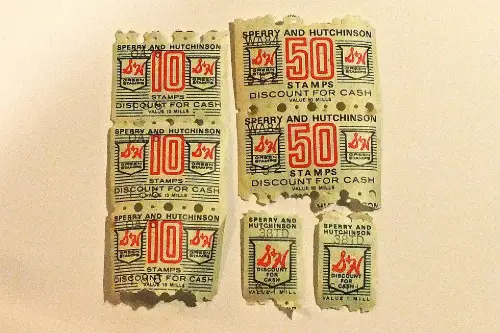
Imagine earning loyalty points at the grocery store, but instead of a digital app, you got physical stamps. That was the concept behind S&H Green Stamps, which peaked in popularity in the 1960s and ’70s. Shoppers collected these stamps in booklets and redeemed them for everything from toasters to bicycles. Whole catalogues existed just for browsing stamp rewards.
Filling up a book was weirdly satisfying, kind of like a pre-digital version of chasing achievements. Many families had stamp books tucked in kitchen drawers alongside coupons and scissors. It was an early form of customer loyalty marketing that feels almost quaint today. Gen Z might compare it to using Monopoly money at Target—and honestly, that’s not far off.


